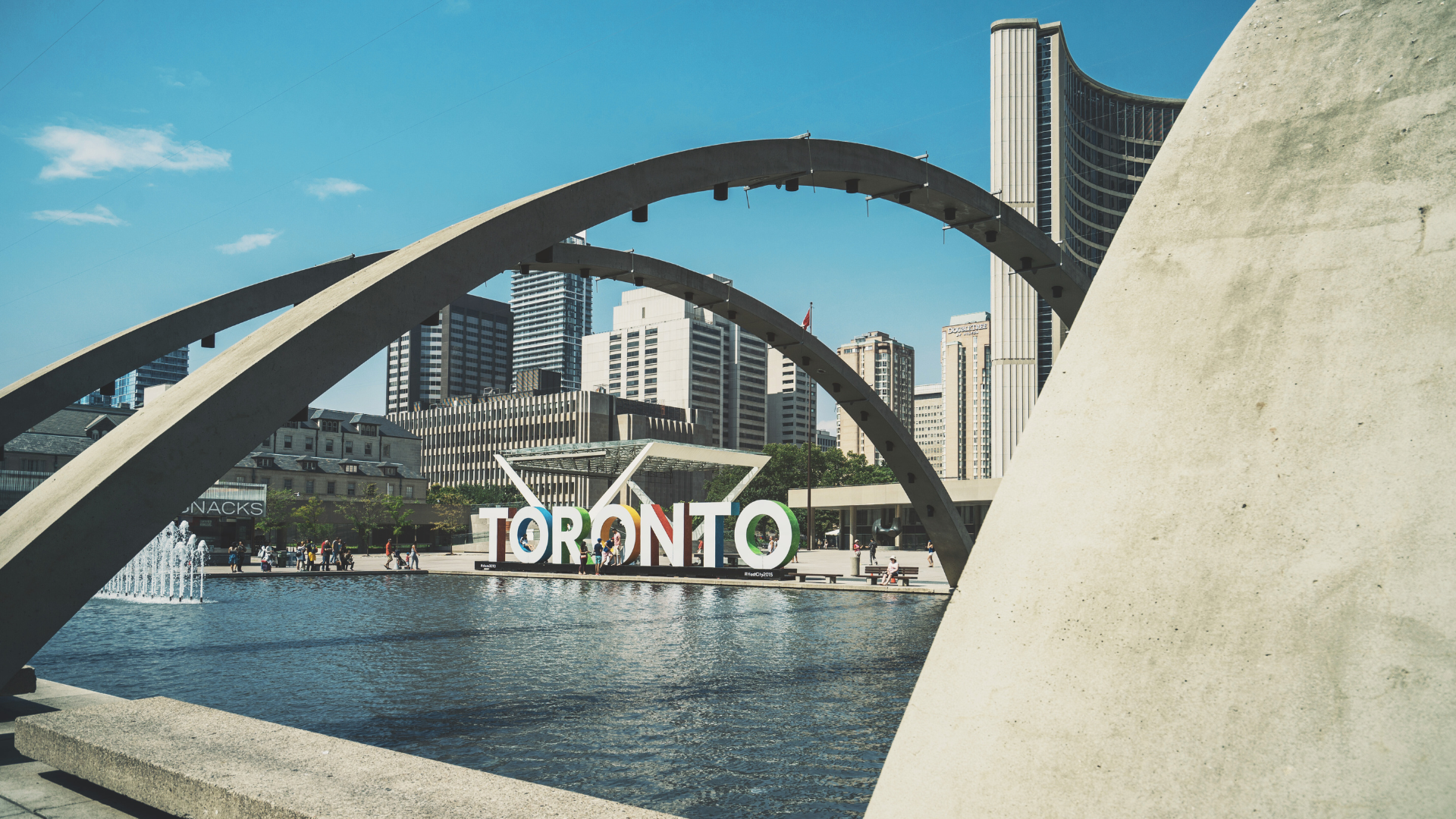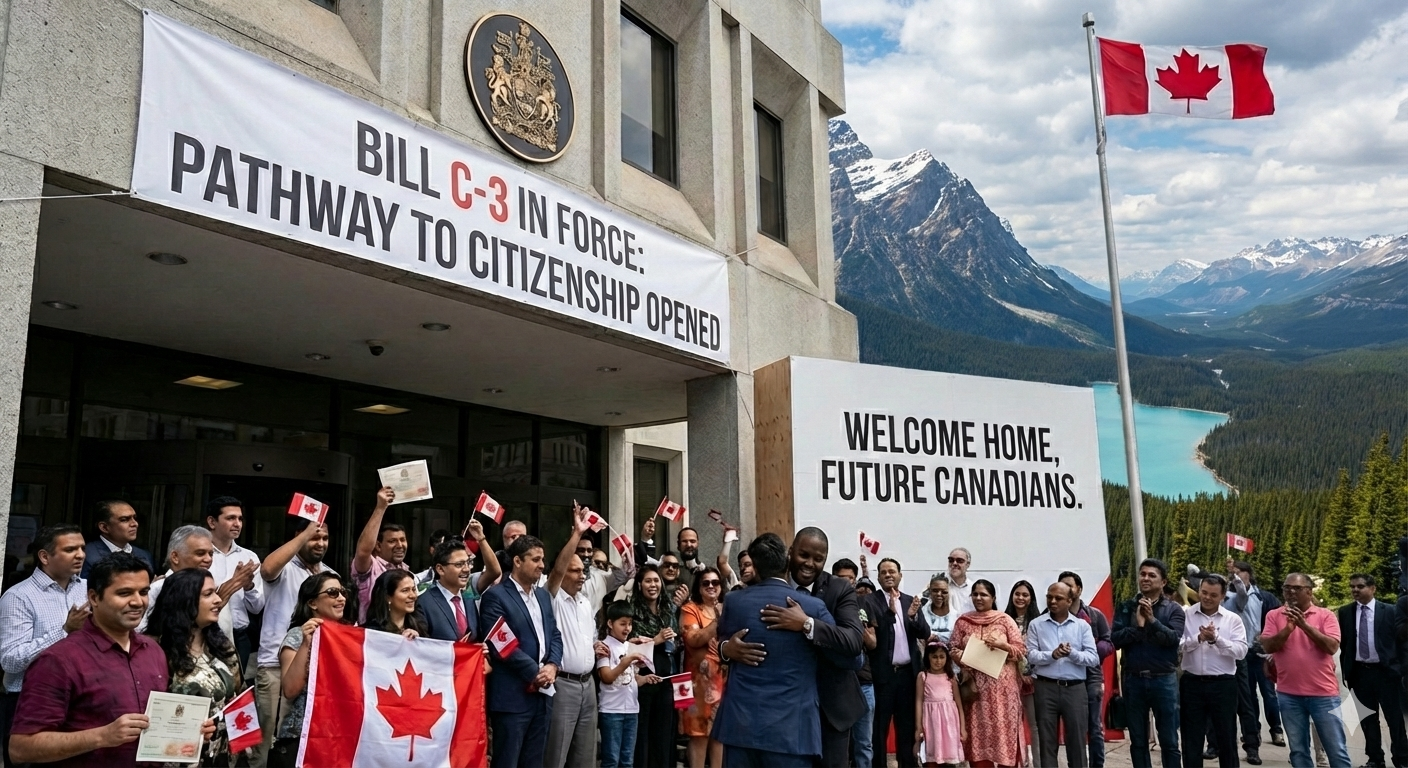Government of Canada Sets New Immigration Levels to Support Balanced Growth

The Government of Canada recently announced the 2025–2027
Immigration Levels Plan, introducing measures to regulate the inflow of
temporary and permanent residents. This strategic plan, outlined by Immigration
Minister Marc Miller, aims to stabilize population growth for a more balanced
and sustainable future.
Key Changes: New Targets for Permanent and
Temporary Residents
Canada’s new plan sets limits for both temporary and
permanent residents to ease pressures on housing, infrastructure, and social
services. While Canada continues to recognize the essential role of immigration
in supporting economic growth, this approach aims to alleviate short-term
challenges by gradually reducing population growth.
For permanent residents, Canada’s targets have been reduced
from previous years:
- 2025:
395,000 (down from 500,000)
- 2026:
380,000
- 2027:
365,000
Temporary resident numbers will also decrease
significantly, with a goal of reducing temporary residents to 5% of Canada’s
population by the end of 2026. With stricter entry caps for international
students and foreign workers, Canada aims to enhance the integrity of its
programs while encouraging long-term sustainable growth.
Focusing on Transition and Economic Sectors
The plan will prioritize transitioning international
students and temporary workers already in Canada to permanent residency. This
group, familiar with Canadian society and working in key sectors like
healthcare and trades, will help meet labor demands while supporting long-term
economic growth.
The economic class is set to make up over 61% of permanent
resident admissions by 2027, ensuring that newcomers are well-prepared to
contribute to Canada’s workforce. Francophone immigration, critical for
community support outside Quebec, is also targeted to increase to 10% of all
admissions by 2027.
Expected Population Adjustments and Housing
Benefits
Canada’s population growth will see a slight decrease of
0.2% in both 2025 and 2026, with a return to growth at 0.8% in 2027. Reduced
targets for both temporary and permanent residents will help address Canada’s
housing supply gap, expected to decrease by about 670,000 units by 2027. This
reduction is expected to improve housing affordability, ease infrastructure
demands, and lower unemployment rates.
Enhancing Social Services and Economic
Stability
Canada’s approach reflects its commitment to a balanced
immigration system that meets both economic and societal needs. The updated
immigration levels plan, including reforming programs like the International
Student Program and post-graduation work permits, aims to protect job quality,
housing access, and social services for everyone in Canada.
As Canada addresses its evolving immigration needs, this
plan represents a responsible, forward-thinking approach to population growth,
maintaining a well-managed and supportive system for both newcomers and
Canadians.






